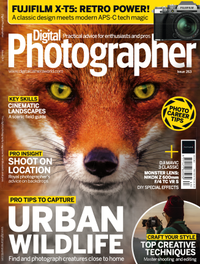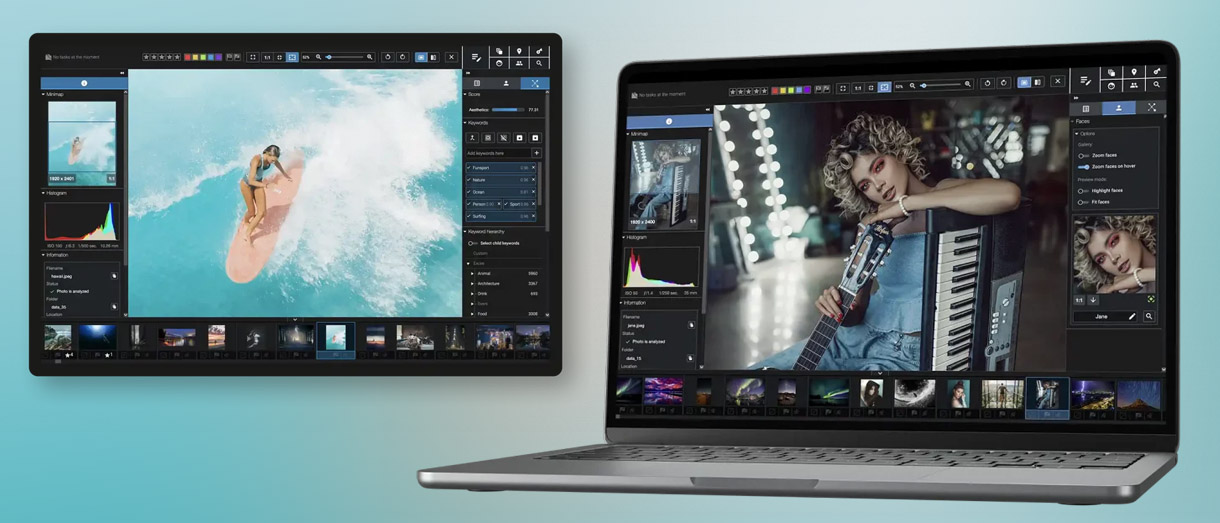Inside a press photographer's kitbag – less is often more!
We head on-location with documentary photographer Karyn Louise from RUBY LDN for insider tips and a peek in her camera bag
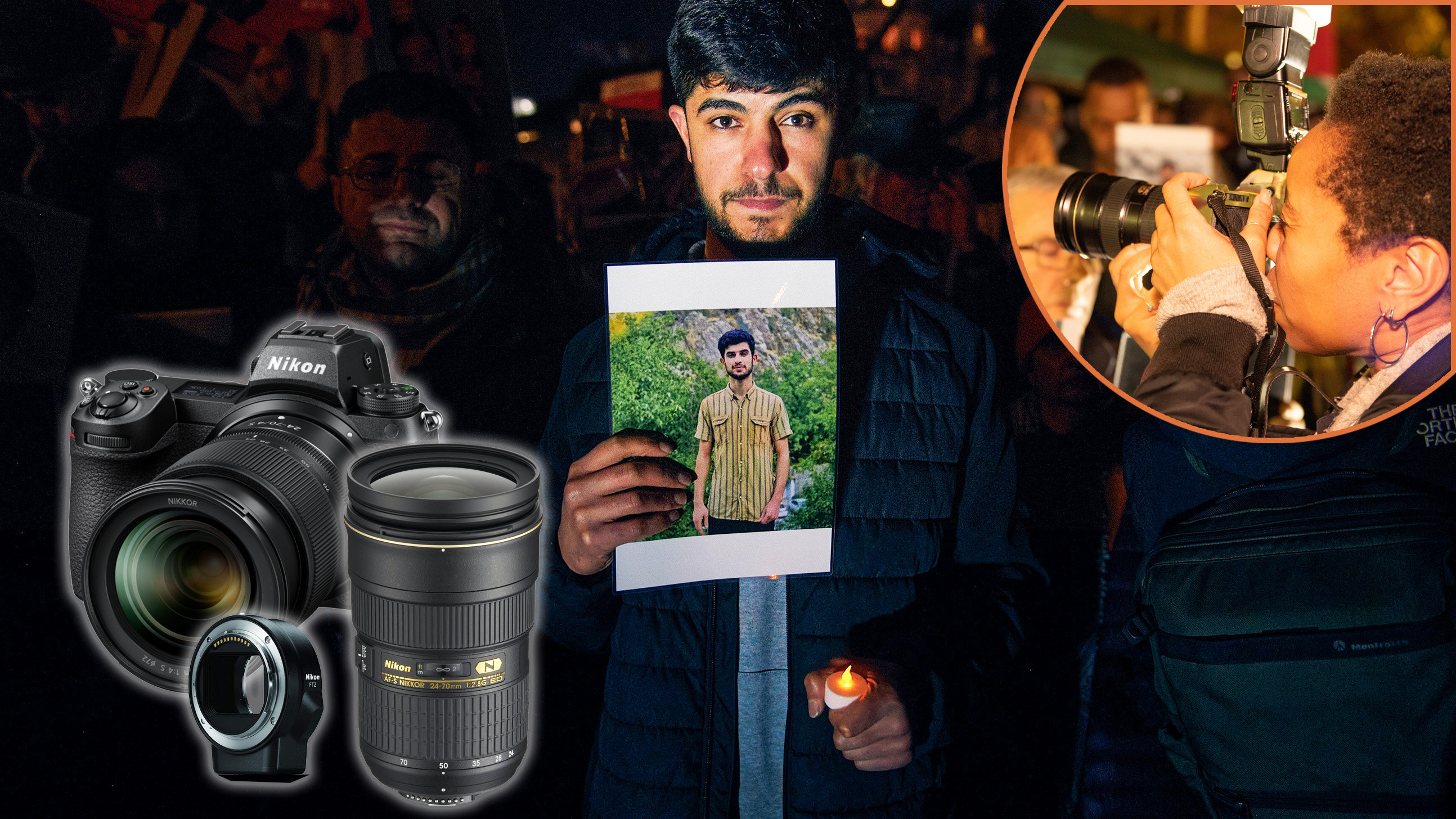
They say the pen is mightier than the sword and yet a picture is worth a thousand words. Here at Digital Photographer magazine and Digital Camera World, we have the luxury of being able to explain the content of an image – in many ways, breaking a fourth wall to place the subject of a shot in context.
But conversely, for photographers like Karyn Louise, working to document sometimes difficult and emotionally-charged events, such as political protests or civil unrest, the complete story must be conveyed without the support of long format text.
I’m meeting Karyn in London to shadow her as she covers a vigil for the victims of the 2021 English Channel disaster, in which 27 migrants lost their lives crossing the channel in an inflatable dinghy. The controversy around the issue means this is a sensitive topic. I’m keen to learn how Karyn will approach the event,
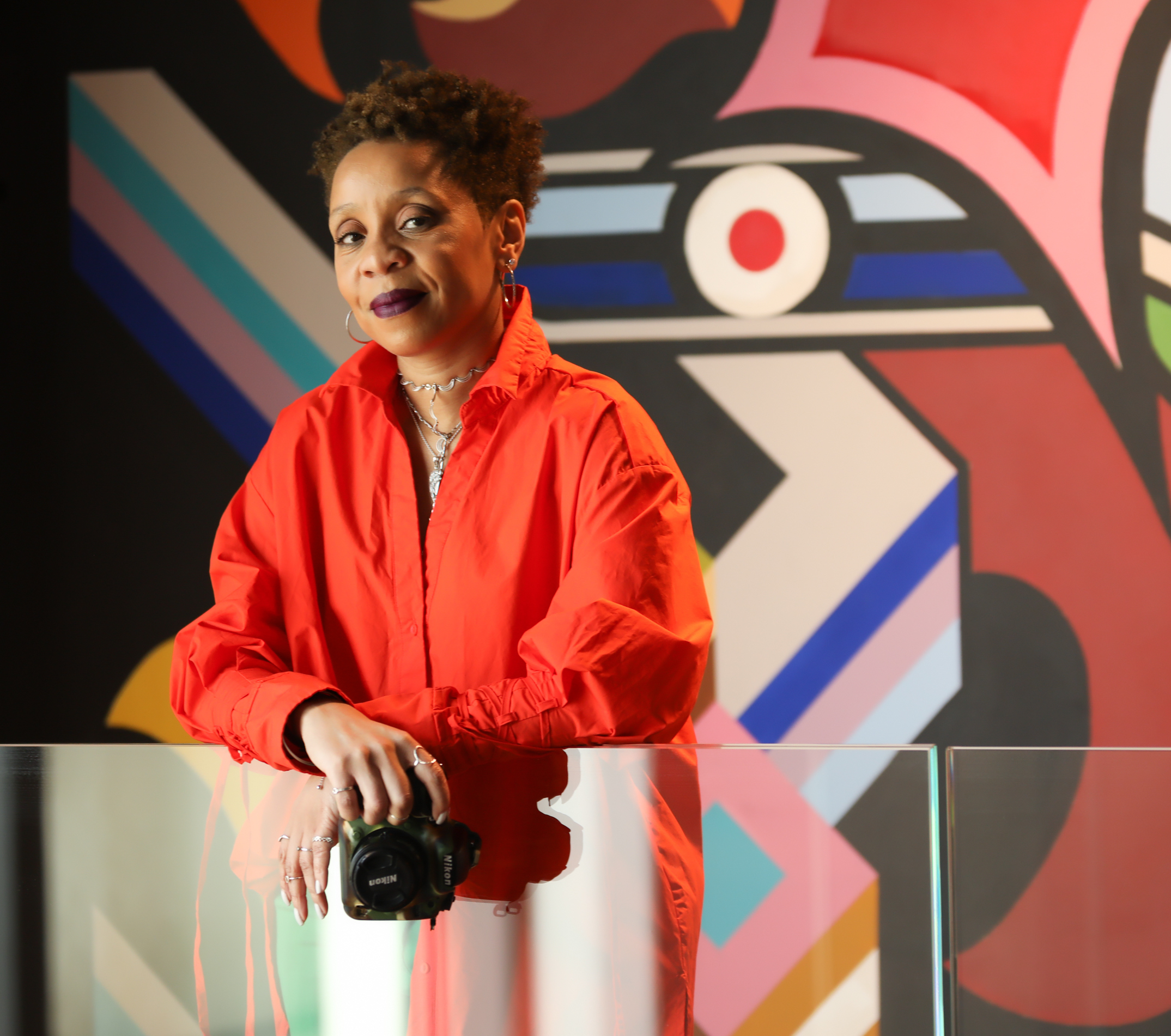
The founder of RUBY LDN, Karyn Louise is a London-based multi-genre photographer, covering still life, portraiture, events, live performances (music and theatre), headshots, fashion and documentary. She has had work featured in various publications, including Rolling Stone, Billboard, Grazia, Yahoo, The Times, The Guardian, The Telegraph, Business Insider and more. She was also a photography consultant for Channel 4.
How do you know what to shoot first at a fast-paced event?
“In my documentary photography, I really want to show in a picture how somebody is feeling. Someone might seem aggressive, but there could be one moment when they look quite vulnerable. You need to see that in a picture for the message to hit home about why people are protesting in the first place” says Karyn.
"One of the surprises people new to this might find is how quickly everything changes,” she says. “You have to be ready, not just physically, but your camera has to be set correctly, with the exposure ready to go. If you’re shooting during the day, consider the Sunny 16 rule [where, at an aperture of f/16 on sunny days, your shutter speed should be the inverse of your ISO value]. You can’t go back and reshoot, so you have to get it right in camera.”
"Always go in with an idea of the story you’d like to tell. What do you want people who weren’t there to see? You need to make a storyboard of all the things that happened that day. In that story, there needs to be emotion. You need to capture key moments that explain why people are protesting."
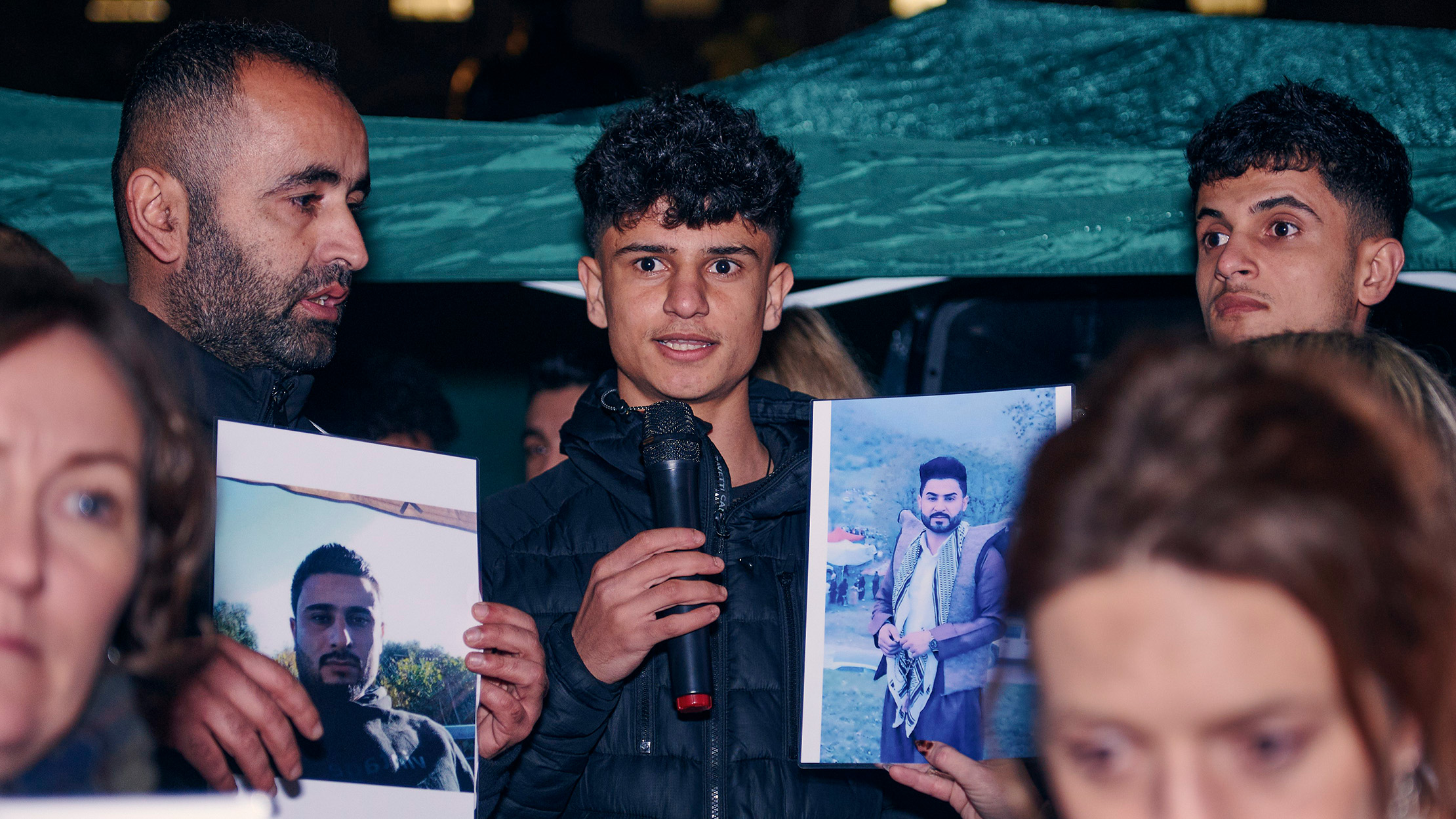
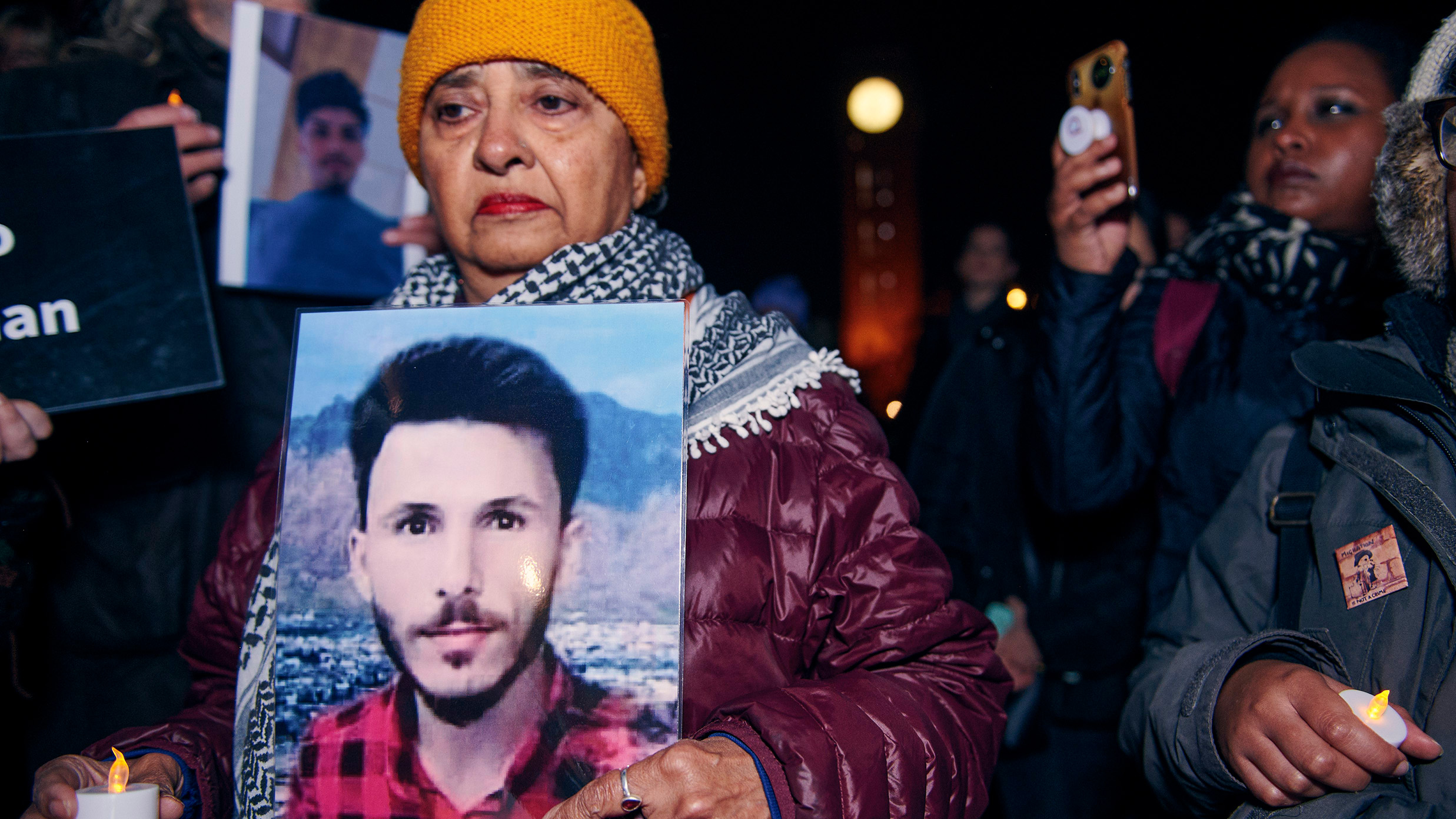
How do you remain respectful?
Karyn shoots from a distance, working out where she needs to be to tell the complete story. She prefers not to use flash where possible, but as we’re shooting after dark, it is a necessity. She is careful not to get in anyone’s way and remains as inconspicuous as possible.
Get the Digital Camera World Newsletter
The best camera deals, reviews, product advice, and unmissable photography news, direct to your inbox!
"Look for banners and placards and people who might be dressed to show the theme of the event. These things really help make a story,” she says.
Karyn turns her camera around to focus on the spectators, in search of descriptive expressions. During a one minute silence, I notice that Karyn turns off her flash for the duration. While this might be a niche genre, I ask her what transferable skills photojournalism might require or indeed equip her with.
How do you stay safe on a press shoot?
"With a protest, I try to be on the edges of the action so I can get a picture from above. I was covering an Extinction Rebellion protest where they stopped some buses. I got onto one and took a picture from the top deck. Sometimes, it’s just about being brave. If you feel safe, go in, get the shot and get out."
The mood this evening is subdued but contemplative. The people are focused on having their voices heard, but there is little cause for direct anger among attendees. Everyone here seems to be of a similar mind. That isn’t always the case.
"I actually forget about my own safety more than I should,” Karyn says. “Above all, I’d say knowing your camera inside-out is a critical skill. You also need to trust your gut instinct too. Knowing when it’s the right time to leave is vitally important.”
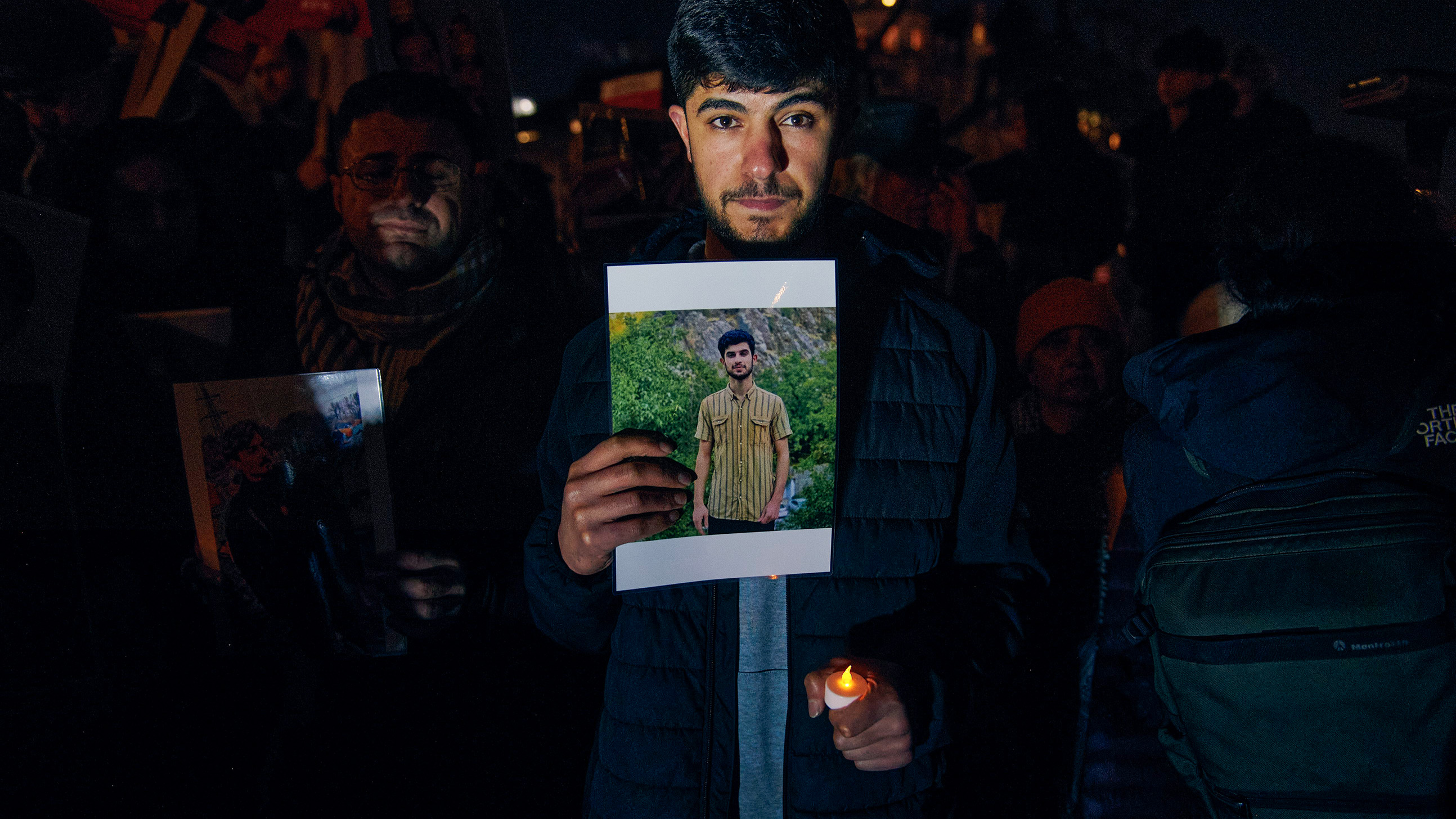
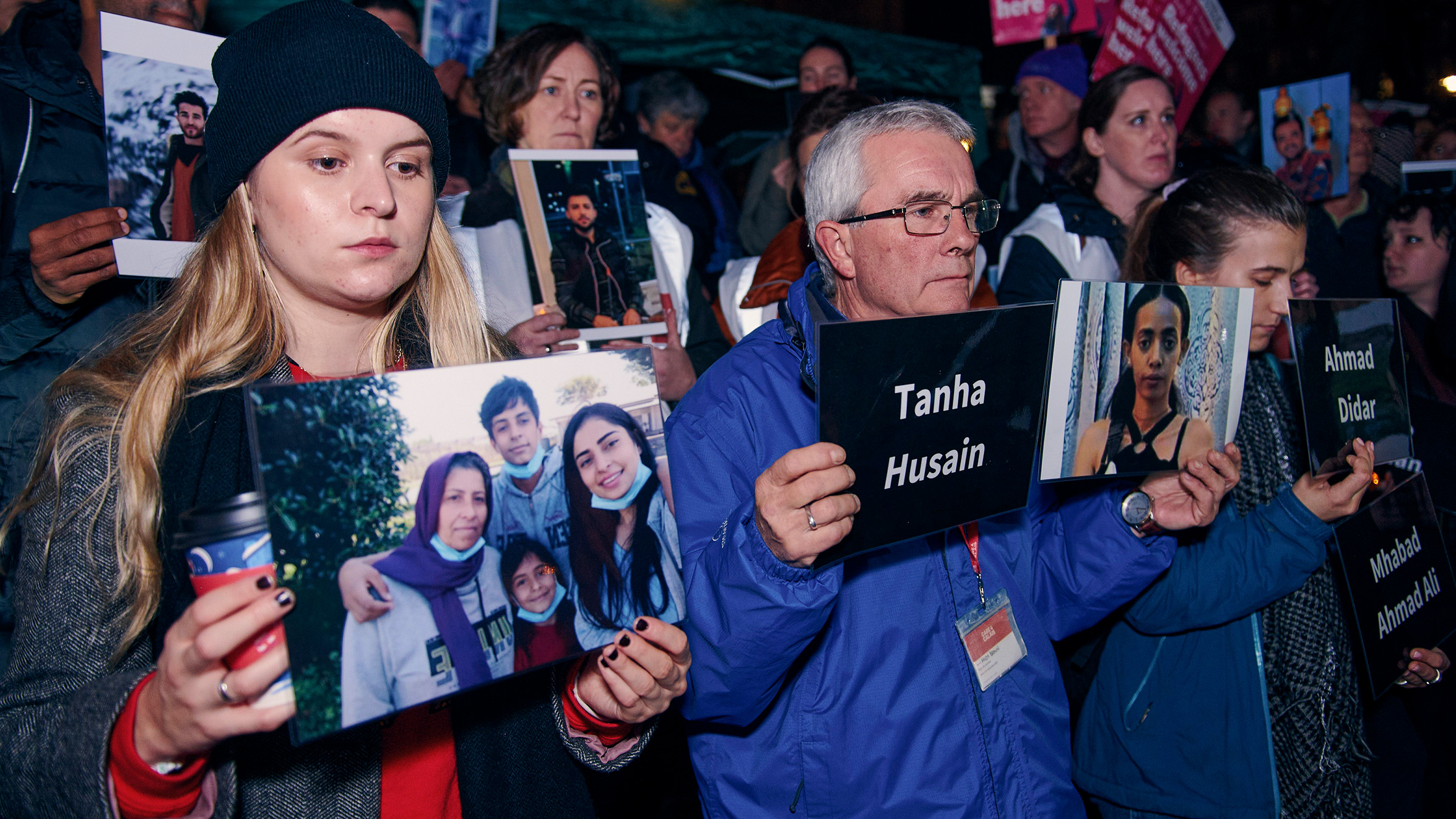
Karyn's favorite kit
1. Nikon Z 6II
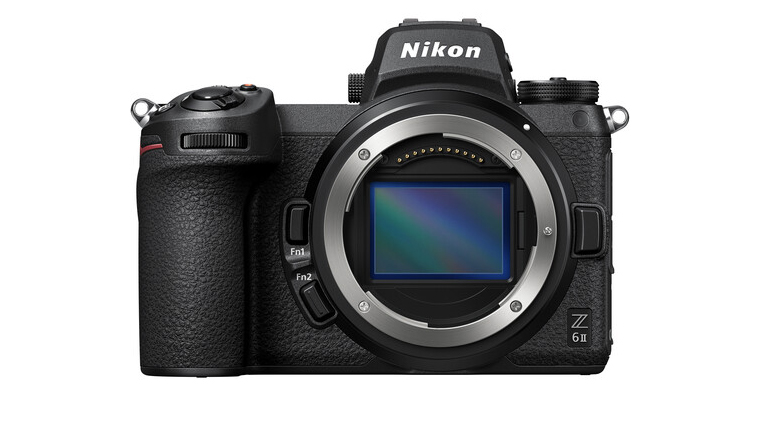
This mirrorless camera is excellent in a range of situations, including low light and fast-paced action, making it ideal for documentary photography duties. Meanwhile, it has enough resolution to allow subtle cropping of images to recompose in post, which helps when you can't get too close to action, either because it isn't safe to do so or because you feel it isn't respectful. The FX format sensor also gives it a good dynamic range too and the high-sensitivity performance means it is possible to brighten dark shadows without bringing out too much noise.
2. AF-S Nikkor 24-70mm f/2.8 G ED lens
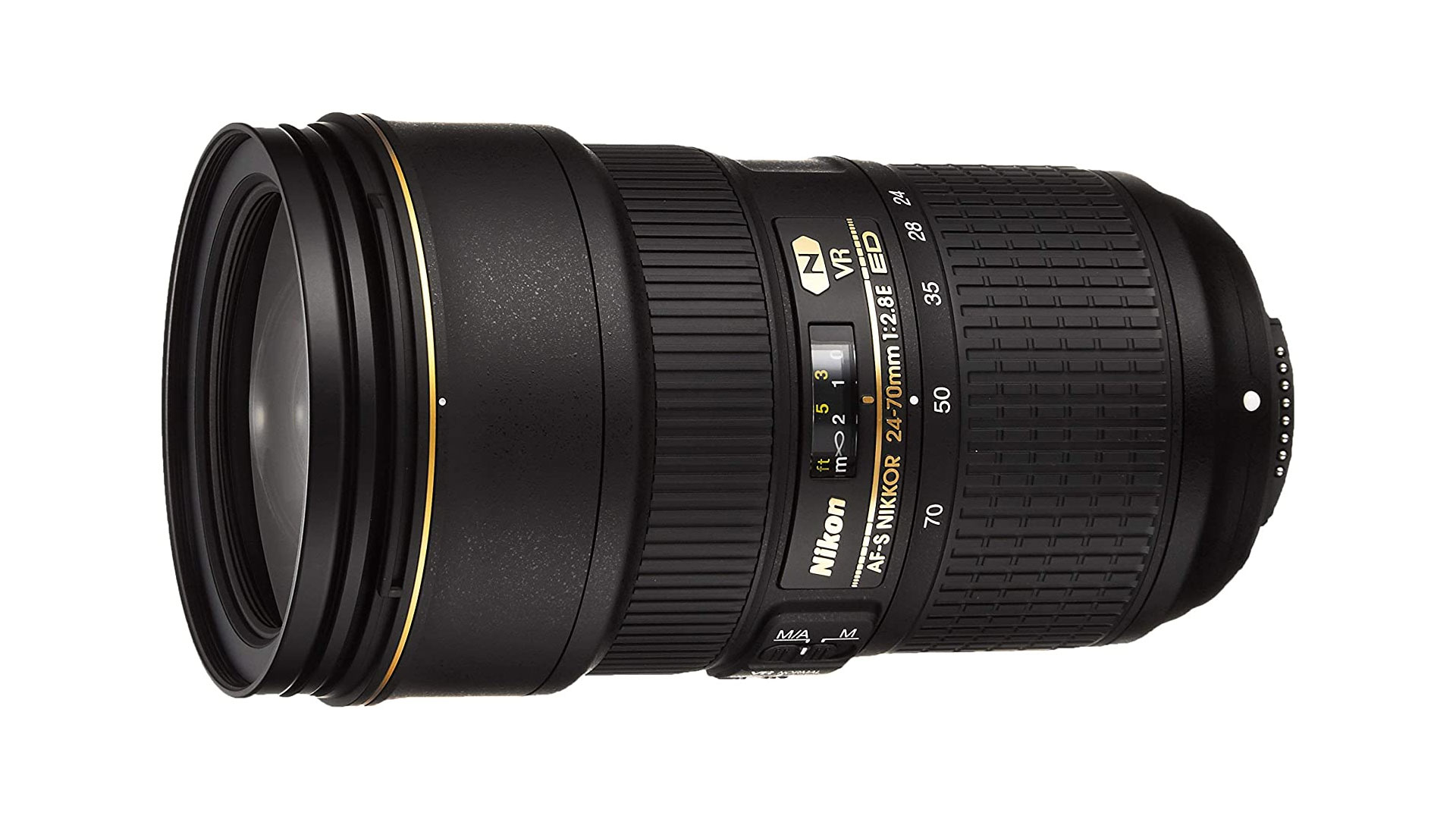
Karyn also uses a 70-200mm lens, however, this standard zoom lens is ideally versatile for rapidly changing scenes. In the case of our shoot, the telephoto lens would have made composition a challenge because everyone was so close to the camera. The constant aperture means the exposure doesn't change when zooming and the lens performs well wide open – it's still sharp at the maximum f/2.8 setting.
3. Nikon SB-700 speedlight
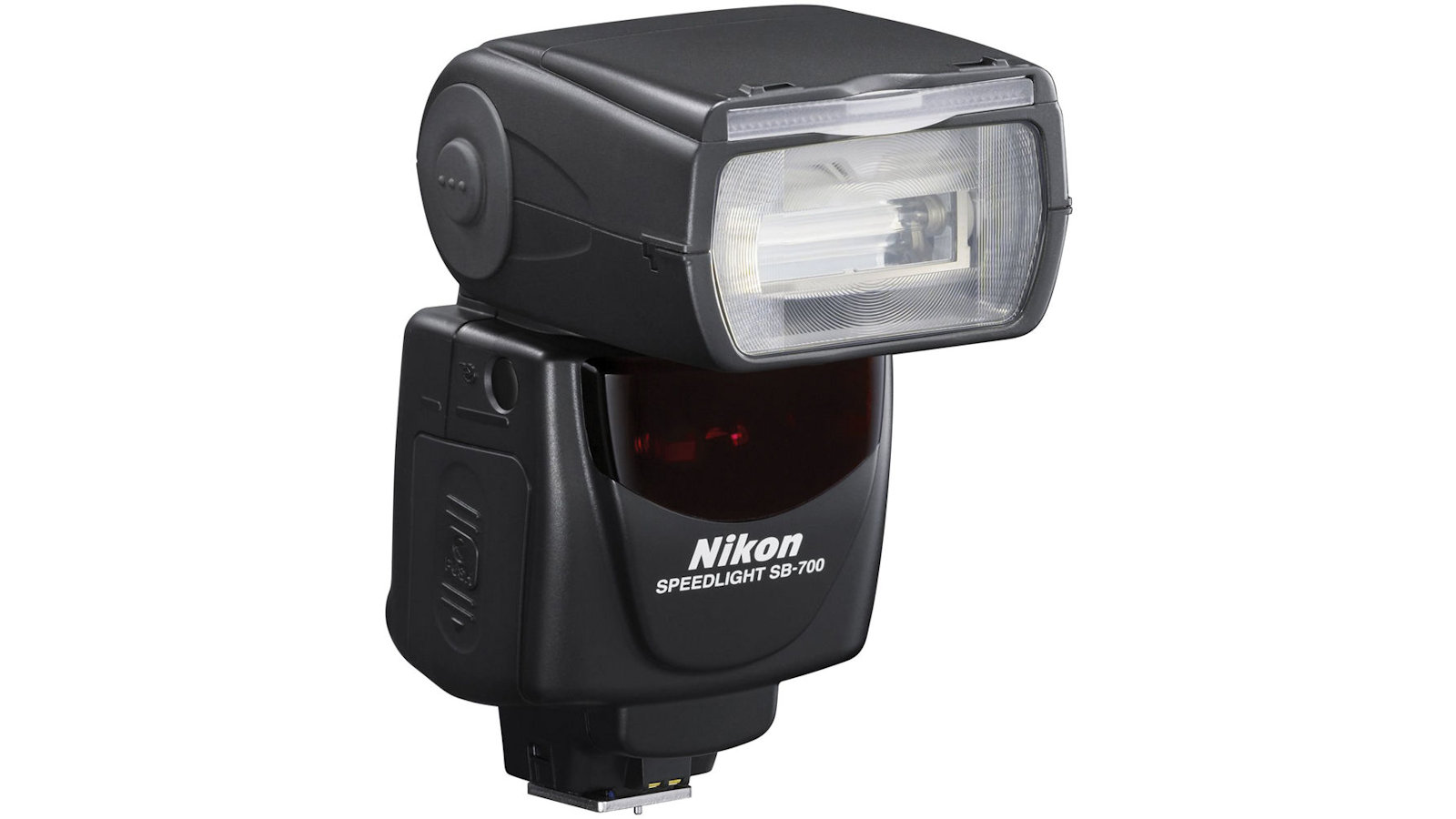
This flash unit is small enough to be discreet but allows images to be captured where handholding would be impossible otherwise. On this evening, Karyn diffused the flash for a better light blend. With select Nikon cameras it can also be triggered remotely, using a built-in flash as a commander unit.
4. Nikon FTZ Mount Adapter
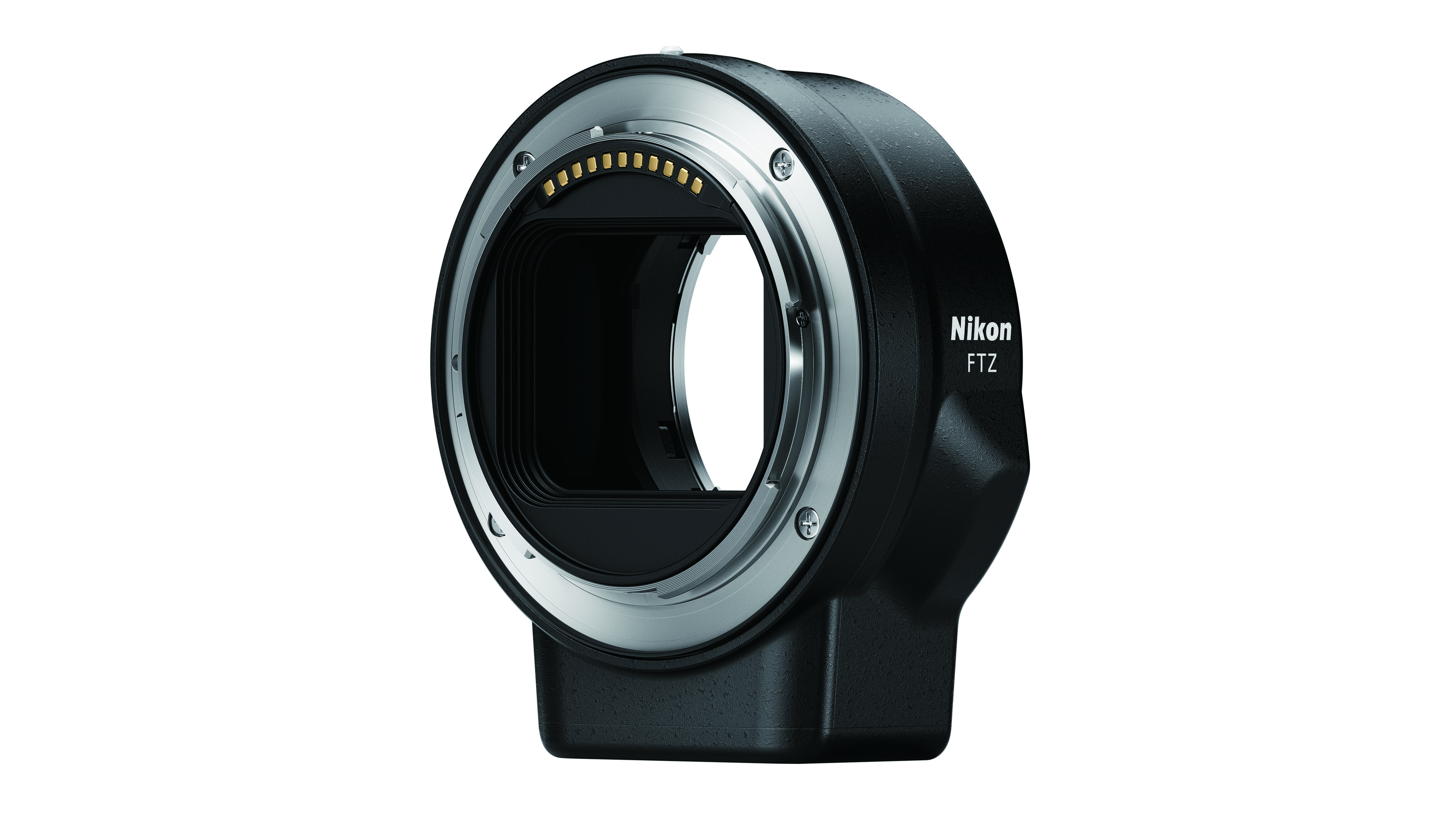
As with many professional photographers today, Karyn has her own pre-existing range of DSLR lenses. This automatic adaptor allows her to use quality F-Mount optics on her new Z-Mount camera bodies with no loss of autofocus or autoexposure capabilities.
5. Hoya Pro1 Digital UV filter
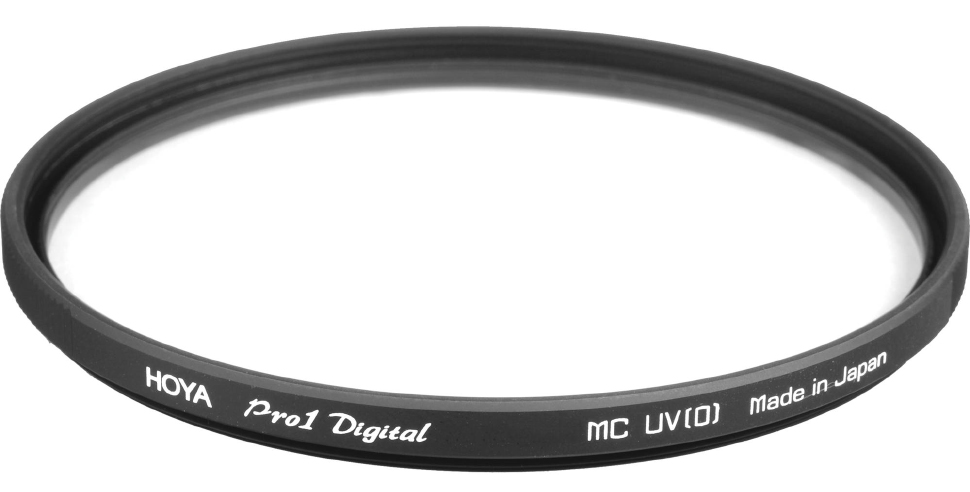
Heated protests at close quarters aren’t the safest conditions for an expensive lens. A protector or UV filter such as this adds an extra layer of protection for the front lens element. It's always better than a filter gets broken rather than the lens itself, as this can be far more easily replaced.
Get the best magazine for enthusiast and pro photographers delivered to your door or device with a subscription to Digital Photographer. Learn the hottest photo trends and techniques while getting essential advice on earning cash from your photography.
Digital Photographer is the ultimate monthly photography magazine for enthusiasts and pros in today’s digital marketplace.
Every issue readers are treated to interviews with leading expert photographers, cutting-edge imagery, practical shooting advice and the very latest high-end digital news and equipment reviews. The team includes seasoned journalists and passionate photographers such as the Editor Peter Fenech, who are well positioned to bring you authoritative reviews and tutorials on cameras, lenses, lighting, gimbals and more.
Whether you’re a part-time amateur or a full-time pro, Digital Photographer aims to challenge, motivate and inspire you to take your best shot and get the most out of your kit, whether you’re a hobbyist or a seasoned shooter.
